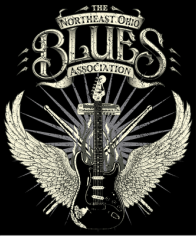- February 3rd.,1935-- Joseph Leon "Jody","Joe","Sugarboy" Williams,aka Little Papa Joe, Little Joe Lee, but best-known as Jody Williams
- February 14th.,1950-- Otis Grand
- February 27th.,1943-- Jimmy Burns
(Editors note: In January 2020 we stopped at A. Schwab and while there is now a meeting area much of the 2nd floor is as Joe describes)
- February 1st.,1958-- John Grayton Dolphin--murdered--but that's another story
- February 13th.,1989-- Hip Linkchain, born as Willie Richard
- February 27th.,1994-- Roosevelt Holts

 RSS Feed
RSS Feed